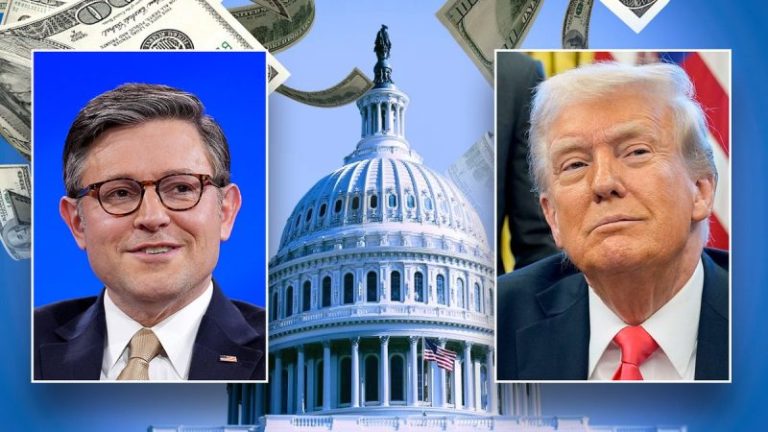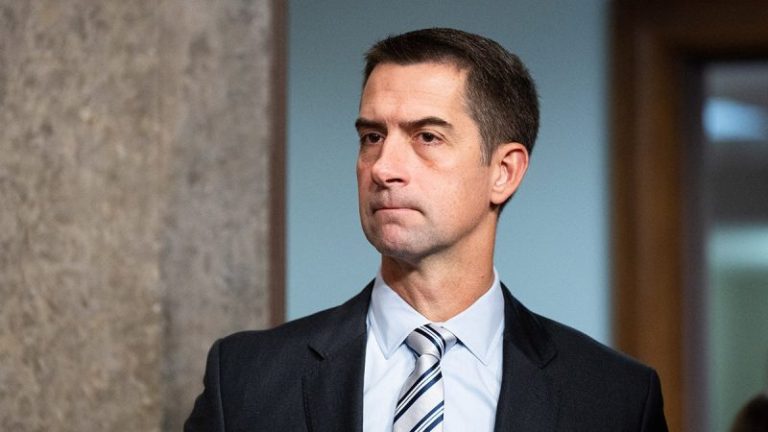Former Detroit Tigers center fielder Chet Lemon, a member of the 1984 World Series champions, died May 8 at his home in Apopka, Fla.
He was 70 years old.
‘He was sleeping on his reclining sofa,’ Gigi Lemon, his wife, said. ‘He just wasn’t responsive.’
Since Chet retired from the Tigers in 1990, he suffered a series of clots and at least 13 strokes, leaving him unable to walk or talk.
He was diagnosed with polycythemia vera, a rare blood disease that causes bone marrow to make too many red blood cells. Over the past 30 years, he had been to the hospital more than 300 times.
In September 2024, Lemon returned to Detroit for the Tigers celebration of the 1984 World Series champions. That year, he hit .287 with 20 home runs in 141 games, leading the Tigers alongside Alan Trammell and Kirk Gibson. During the celebration, Lemon and Trammell shared a personal moment in a suite at Comerica Park, surrounded by their teammates.
‘You know how much you were a part of us,’ Trammell said to a giddy Chet. ‘We wouldn’t have won it without you. You know that.’
It was an emotional reunion.
‘I’m so thankful for the time we spent together last summer,’ Trammell said in a statement. ‘Today is a sad day or us. He will be dearly missed.’
‘I think it added some more months,’ Gigi said. ‘He was able to see his teammates. I thought that was so important.’
After returning to Florida, Lemon moved into his own home. He threw out the first pitch at a college baseball game at the University of Central Florida. He was going out to restaurants and spending time with his family.
He seemed happier.
‘The trip to Detroit, I think, it just sparked him,’ Gigi said. ‘I don’t know the medical terms, or if there was such a thing as more blood flowing through some areas, but he just seemed to be so happy.’
Lemon played in MLB from 1975-90, making his MLB debut with the Chicago White Sox at age 20. He spent the final nine years of his career, beginning in 1982, with the Tigers — traded from the White Sox to the Tigers for Steve Kemp in November 1981. He was a three time All-Star: 1978-79 with the White Sox, and 1984 on the Tigers’ most recent World Series champion.
‘Chet was the kindest of men and always had that great smile on his face,’ Lance Parrish, former Tigers catcher, said in a statement. ‘He was also a fierce competitor on the baseball field and a great teammate. I loved him like a brother.”
‘I always believed my job as a pitcher was made easier when Chet was behind me in center,’ pitcher Dan Petry said in a statement. ‘I’ll never forget his laughter and infectious smile. His athleticism on the field always stood out, but he was an even better teammate and friend.’
The Oakland Athletics selected Lemon with the No. 22 overall pick in the first round of the 1972 draft out of Fremont High School in Los Angeles. He was born in Jackson, Miss., but moved to Los Angeles when he was six months old, raised in Compton, Calif.
After his playing career ended, Lemon began coaching youth baseball in Florida.
He served as the head coach at Eustis High School, leading the Panthers to a state championship in 2003. He also founded Chet Lemon’s Juice, an elite travel baseball program that produced many future MLB players, including Prince Fielder and Zack Greinke.
‘The Detroit Tigers join all of baseball in mourning the passing of Chet Lemon,’ the team said in a statement: ‘While he was a World Series Champion and All-Star on the field, perhaps his biggest impact came off of it. That includes creating the Chet Lemon Foundation, and dedicating much of his post-playing career to youth baseball development.’
Lemon was first married to Valerie Jones, with whom he had four children: Geneva, born in 1972, Chester Jr. in 1977, David in 1981, and Marcus in 1988. The couple divorced in 1990. In the early 1990s, Lemon married Gigi Partee, his wife of more than 30 years. They had one daughter, Brianna, born in 1998.
‘At this time, memorial information has not been set,’ Chet’s youngest son, Marcus, shared on Instagram. ‘We will be posting information in the coming days. But at this time as a family we want to thank everyone for their kind words and support.’
The USA TODAY app gets you to the heart of the news — fast. Download for award-winning coverage, crosswords, audio storytelling, the eNewspaper and more.
This post appeared first on USA TODAY










